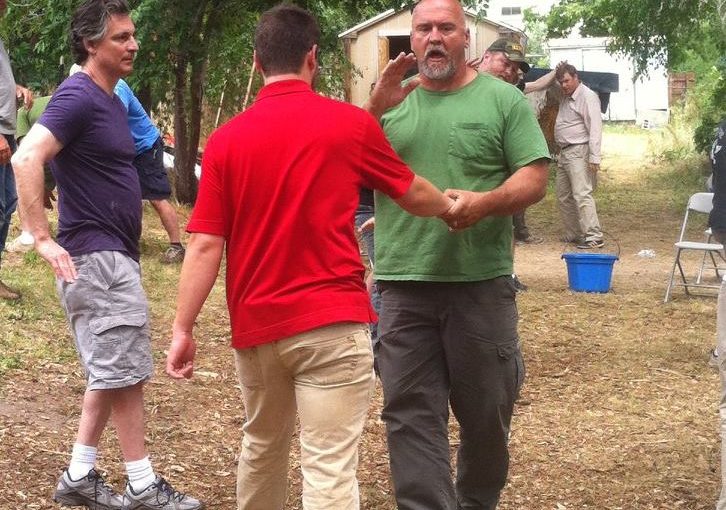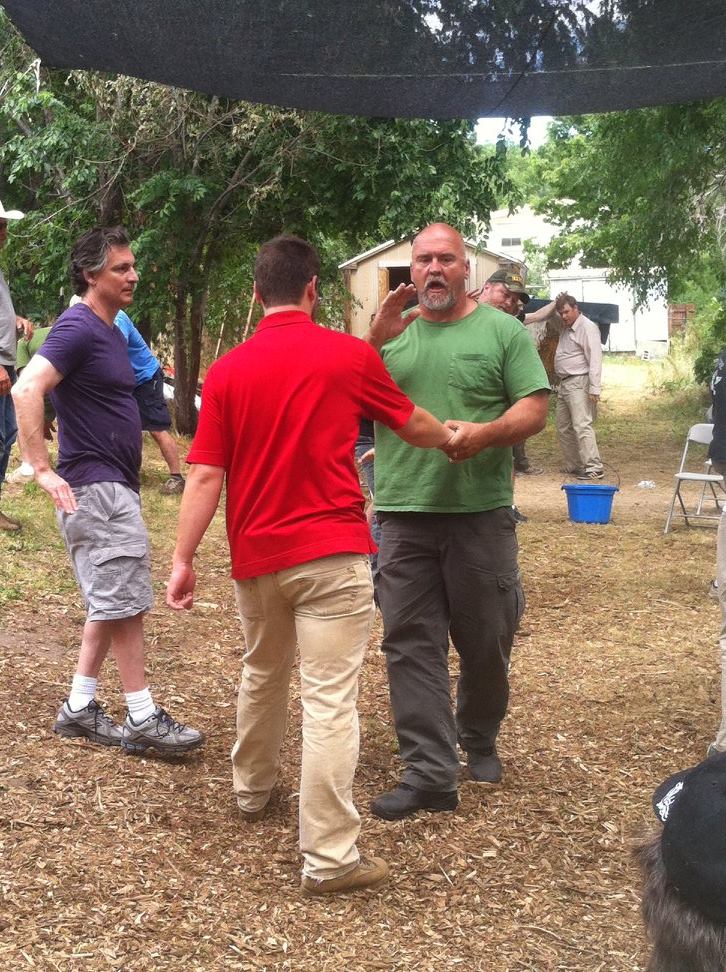This summer I have been busy travelling and planning for a new range of courses. This is in addition to my routine and extensive travels for other work. Today I share a summary of some key things I’ve learnt in my travels on things to do (or not!) if you find yourself in a ‘new place’ or are unsure of what the social ‘norms’ of the area you are in may be. I hope it is of use and interest!
Remember, in these days of increasing ‘multiculturalism’ it is perfectly possible to get yourself into trouble breaking ‘cultural rules’ without travelling to a foreign country…
The overarching consideration for this type of problem can easily be broken down into two categories. Deciding on a recommended course of action or displaying a behaviour can always be held up to this simple litmus test…
1) No harm can come from this… (Insert action)
2) No good can come from… (Insert action)
See how this applies in this list of top 10 things to consider below:
1. Be Observant
Breaking rules in other cultures can attract moderate to severe penalties. (Go to Deera Square in Saudi Arabia on a Friday afternoon to see a stark example). Due to the potential severity of punishment of what we may see as ‘slight’ or minor issues, the exquisite art of observation must come into play as early as possible. Scrutinize your surroundings and compare yourself to them and see in what ways you will/are ‘stand out’ and then take action to address those issues swiftly. No harm can come from being observant.
2. Keep Covered
This applies to men, but even more so to women. No harm can come from covering as much of the body as possible in an unknown area (See how the test works!?) If you feel you ever are realistically going to find yourself in such an ‘unknown’ situation we are illustrating, then make sure long sleeved trousers and tops are worn or are immediately available. Early observation should indicate if you need to cover your head. For shawls/scarves/head covers unless you KNOW the tribal identifiers (e.g. patterns and colour connotations on a shemagh) keep them as neutral and non-specific in style as possible. Your dapper blue cravat may look great at the cocktail bar in your tennis club but will probably cause you problems in South-Central LA.
3. Avoid Comments
Let’s face it, you are probably already ‘pinged’ by the locals or residents as being a stranger. Trying not to stand out will help, but an overheard comment (especially a negative or derogatory one), no matter how outstanding, strange, odd or degrading event you are commenting on is going to get you on people’s radar swiftly and not in a good way. No good can come from mentioning how ‘different’ these people are from you, or you are from these people.
4. Stick Within Your Gender
Do not attempt to engage, in any way, with members of the opposite sex. Full Stop (Period). Be as affronted at this advice as you want, but take it. No discussion is required. If you can’t follow it in this format you WILL be taught another way…
Also know this isn’t just about you. If you are introduced to a woman do not offer her your hand. Wait for her to offer. If you hold out your hand in simple politeness you may be forcing her to choose between insulting a guest (you) or touching a man she is not married to—either or both of which may be harshly punished for.
5. Steer Clear of Religious Buildings/Areas
In the absence of a professional guide, or clear acceptance of tourists, the odds of you breaking up a VERY significant rule are so off the scale it is not worth the risk.
6. Remain Clear Headed
Degenerating your ability to be observant, and cognitive ability to understand why you need to stick with these rules is a plan no good can come from… On this, please note, just because you see locals doing something doesn’t mean you can too…don’t get drunk or high in dangerous places. More strongly, NEVER alter your mental state except in a confirmed safe place.
7. Don’t Engage with ANY Solicitation
Do not give to beggars, do not feed the poor. From personal experience don’t stop the child running in to the road clearly in your line of sight (it’s bait for a trap you don’t want to be in). Don’t talk with prostitutes, even if you are ‘Just asking for directions’, avoid street vendors, touts, self declared taxi drivers… You get the idea.
If You Need Help, Ask Someone in a Public Facing Role or just ‘Back Up’ – Look for assistance from service staff, waiters, store owners etc. DO NOT stop random strangers in the street, and don’t stand in the street looking lost and/or bewildered. If you have ‘inadvertently’ found yourself in the wrong place, turn around and go back the way you came (Like if you ever accidentally take an express subway that doesn’t stop at 70th Street in New York City, but takes you straight to Harlem at 11pm at night, and you are translucent white, not American, and look like you just got a beating from Muay Thai class, get back on the Subway and head back the way you came…)
8. No Pictures
You’ve realized you may not be in tinsel town, so stop wandering around like a tourist. Unless you’re taking pictures of your teeth for dental record analysis later on, no good can come from getting in peoples way with a camera.
http://rt.com/news/protests-morsi-violence-opposition-366/
9. Don’t Display Wealth
If it’s shiny and possibly expensive looking stow it away or hide it. Dress down to the best of your ability.
Most important point last!
10. Be Polite
Not witty, engaging, entertaining, fascinated, shocked, pious, or committed to ‘educating people’, or any other way you may think I mean by ‘Polite’. Out and out, genuinely polite. You are the odd one out, you are under scrutiny, anything going wrong WILL be seen as potentially your fault, so try not to do anything ‘wrong’ (even though you don’t know yet what wrong is) so be sincere and respectful in your actions until you’ve figured out what is going on…
These 10 simple measures will hopefully ‘buy you time’ to figure out how to best act and proceed in an area previously unknown to you. Getting into trouble in an unknown area is fraught with additional risks. Inciting a mob is a situation you will very likely never escape from.
Do you have any ‘rules’ you follow when you are in ‘unknown areas’…? Please share them with us

















